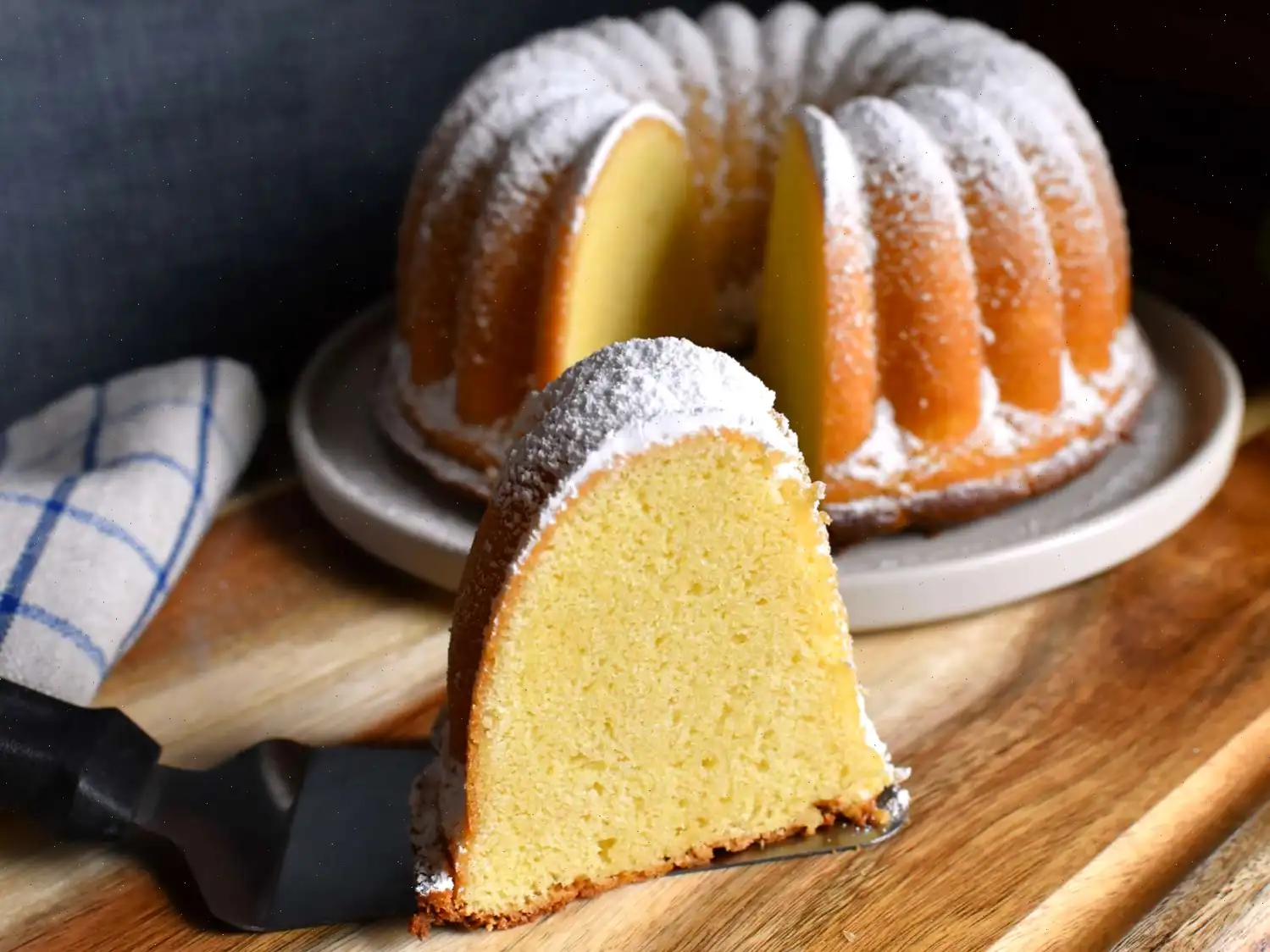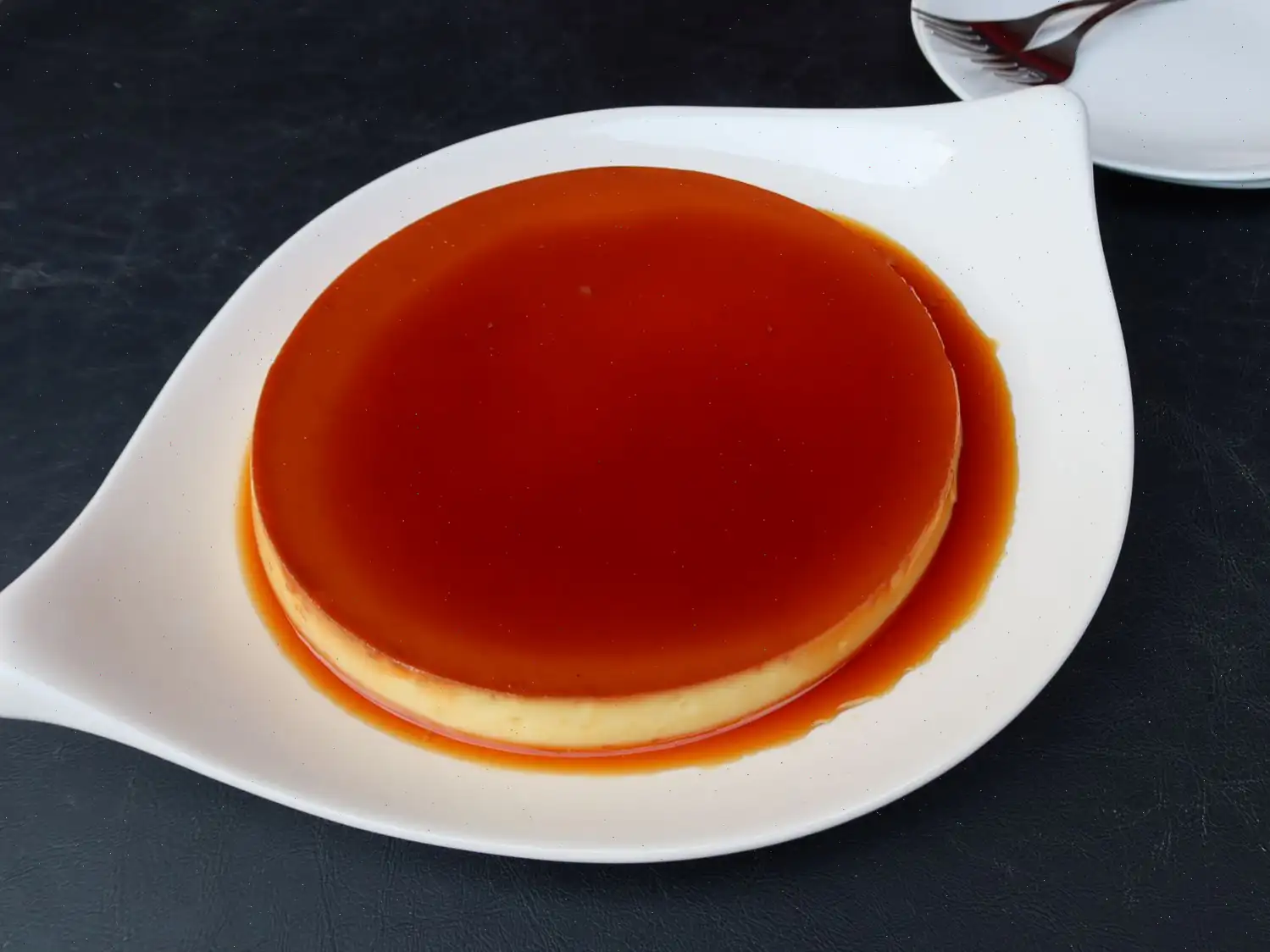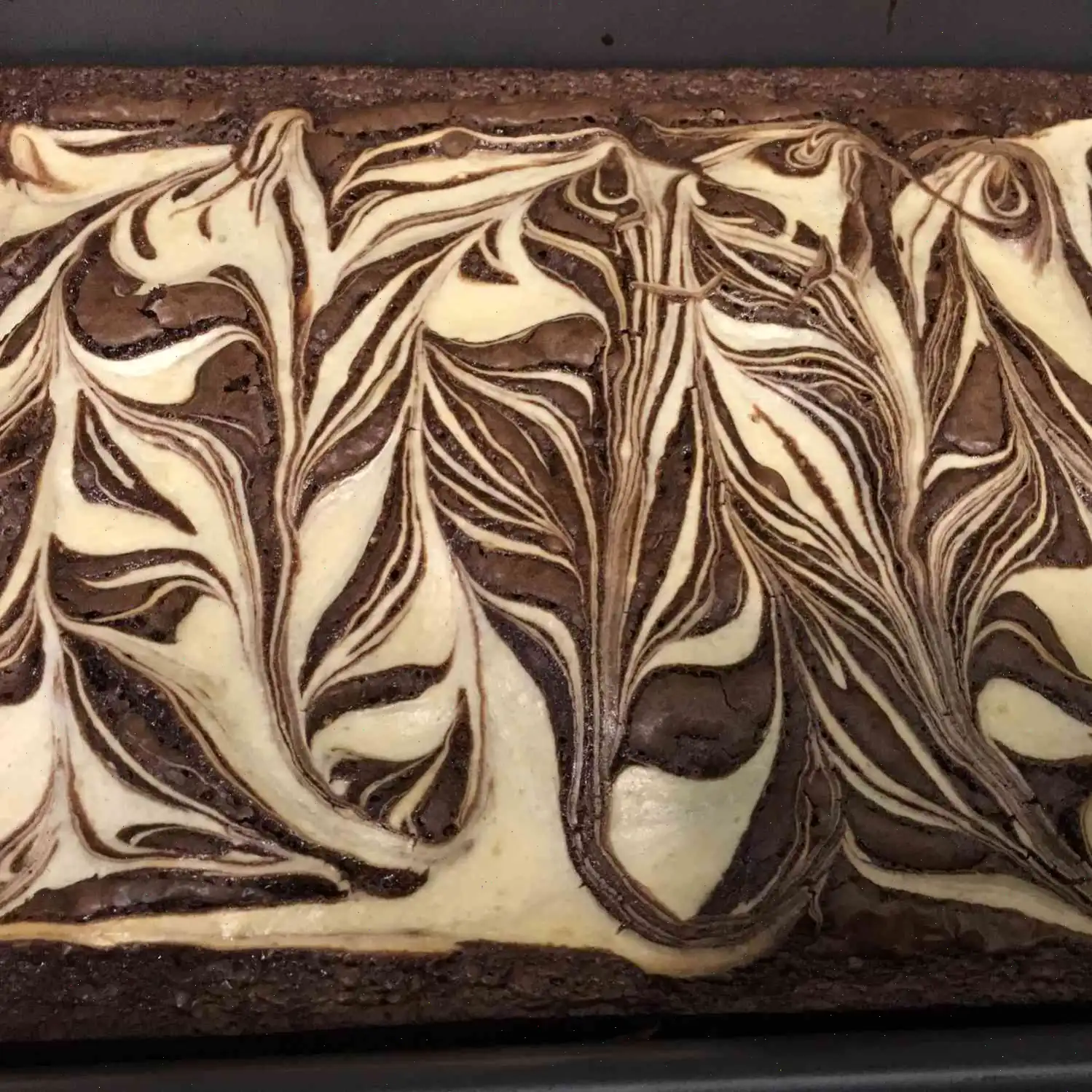
Tahini Butter Cookies Recipe
This recipe yields 28 servings and is perfect for anyone who loves a rich, nutty, and slightly sweet treat. Its easy to make, and the combination of tahini and sesame seeds brings out a delightful depth of flavor in each bite.
Ingredients
- 3/4 cup butter, softened
- 1 cup tahini (sesame seed paste)
- 3/4 cup packed brown sugar
- 1 tablespoon vanilla extract
- 1 teaspoon baking powder
- 1/2 teaspoon salt
- 2 cups all-purpose flour
- 1/4 cup sesame seeds (optional)
Directions
Step 1: In a large mixing bowl, combine softened butter and tahini. Use an electric mixer set to medium speed to mix for about 30 seconds, or until fully combined.
Step 2: Add the brown sugar, vanilla extract, baking powder, and salt to the mixture. Continue mixing at medium speed for another minute, making sure to scrape down the sides of the bowl as needed to ensure even blending.
Step 3: Gradually add the flour to the mixture, stirring until fully incorporated. Once the dough is well combined, cover the bowl and refrigerate for at least 2 hours, or up to 12 hours. Chilling helps to firm up the dough, making it easier to shape the cookies.
Step 4: Preheat your oven to 350F (180C). Line two baking sheets (10x15 inches) with parchment paper. Place the sesame seeds in a small bowl for later use.
Step 5: After the dough has chilled, roll it into 1 1/4-inch balls. Gently dip the tops of each ball into the sesame seeds, lightly coating them before placing the dough balls onto the prepared baking sheets. Space the balls about 1 1/2 inches apart to allow for even spreading during baking.
Step 6: Bake the cookies in the preheated oven for about 12 minutes, or until the bottoms of the cookies are lightly golden brown.
Step 7: Allow the cookies to cool on the baking sheets for 2 minutes before transferring them to wire racks to cool completely.
Step 8: Store the cooled cookies in an airtight at room temperature for up to 5 days.
Nutrition Facts
Each serving (1 cookie) contains approximately:
- Calories: 147
- Total Fat: 10g (12% of Daily Value)
- Saturated Fat: 4g (19% of Daily Value)
- Cholesterol: 13mg (4% of Daily Value)
- Sodium: 99mg (4% of Daily Value)
- Total Carbohydrate: 14g (5% of Daily Value)
- Dietary Fiber: 1g (2% of Daily Value)
- Total Sugars: 5g
- Protein: 2g (5% of Daily Value)
- Calcium: 29mg (2% of Daily Value)
- Iron: 1mg (5% of Daily Value)
- Potassium: 58mg (1% of Daily Value)
* Percent Daily Values are based on a 2,000 calorie diet. Your daily values may be higher or lower depending on your calorie needs.
The History and Heritage of Tahini Butter Cookies
Tahini, a paste made from ground sesame seeds, has been a staple of Middle Eastern cuisine for centuries. Originating in the Levant and parts of North Africa, tahini was historically valued not only for its rich, nutty flavor but also for its nutritional qualities, being high in healthy fats, protein, and essential minerals. The idea of incorporating tahini into baked goods emerged as cultures experimented with combining traditional ingredients with European-style cookies, giving rise to the modern tahini butter cookie.
Regional Variations and Local Flavors
While tahini is widely used across Israel, Lebanon, Turkey, and Greece, each region adapts the cookie to local tastes. In Israel, for instance, tahini cookies are often topped with a sprinkle of sesame seeds or drizzled with honey, enhancing their natural sweetness. In Turkey, the cookies may be flavored with a hint of cinnamon or clove. Despite these variations, the key characteristica rich, nutty, and slightly savory flavorremains consistent.
Distinguishing Features Compared to Similar Cookies
Unlike traditional butter cookies or shortbread, tahini butter cookies carry a unique depth of flavor. The sesame paste adds an umami-like quality that balances sweetness, creating a more complex taste profile than standard cookies. They are also softer and slightly crumbly, in contrast to the crisp texture of classic European butter cookies. This subtle interplay between nutty richness and delicate sweetness makes them stand out in the dessert world.
Typical Settings and Occasions
Tahini butter cookies are versatile and can be enjoyed on various occasions. They are commonly served alongside coffee or tea in Middle Eastern households, often presented during festive gatherings, weddings, or religious celebrations. In modern bakeries, they are sold as gourmet cookies, frequently packaged in gift boxes for special occasions, or served at upscale cafs as a unique twist on traditional sweets.
Interesting Facts and Cultural Notes
One fascinating aspect of tahini cookies is their nutritional value; unlike many sugary desserts, tahini offers a dose of healthy fats and minerals like calcium and magnesium. Historically, sesame seeds were considered a symbol of immortality and prosperity in Middle Eastern culture. The combination of tahini and butter in cookies reflects a creative fusion of ancient ingredients with contemporary baking practices. Interestingly, while tahini is often associated with savory dishes like hummus, its use in sweet baking highlights its versatility and global appeal.
Today, tahini butter cookies continue to bridge cultural and culinary traditions, offering a delicate treat that tells a story of heritage, regional adaptation, and culinary creativity. They remain a beloved choice for those seeking something familiar yet delightfully different in both flavor and texture.
You can listen to this recipe in AI audio format. Simply click the play button below to listen to the content in a format that suits you best. It’s a great way to absorb information on the go!








